Archives
- 2025-12
- 2025-11
- 2025-10
- 2025-09
- 2025-03
- 2025-02
- 2025-01
- 2024-12
- 2024-11
- 2024-10
- 2024-09
- 2024-08
- 2024-07
- 2024-06
- 2024-05
- 2024-04
- 2024-03
- 2024-02
- 2024-01
- 2023-12
- 2023-11
- 2023-10
- 2023-09
- 2023-08
- 2023-07
- 2023-06
- 2023-05
- 2023-04
- 2023-03
- 2023-02
- 2023-01
- 2022-12
- 2022-11
- 2022-10
- 2022-09
- 2022-08
- 2022-07
- 2022-06
- 2022-05
- 2022-04
- 2022-03
- 2022-02
- 2022-01
- 2021-12
- 2021-11
- 2021-10
- 2021-09
- 2021-08
- 2021-07
- 2021-06
- 2021-05
- 2021-04
- 2021-03
- 2021-02
- 2021-01
- 2020-12
- 2020-11
- 2020-10
- 2020-09
- 2020-08
- 2020-07
- 2020-06
- 2020-05
- 2020-04
- 2020-03
- 2020-02
- 2020-01
- 2019-12
- 2019-11
- 2019-10
- 2019-09
- 2019-08
- 2019-07
- 2019-06
- 2019-05
- 2019-04
- 2018-11
- 2018-10
- 2018-07
-
Along with the improvement of the cadmium transport from
2024-01-16
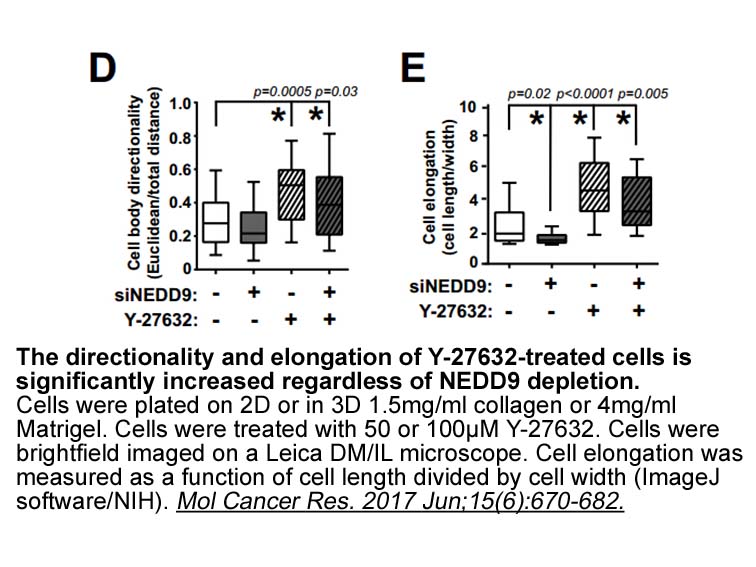
Along with the improvement of the cadmium transport from roots to aerial tissues, as is required for phytoremediation, over-expression of PtoHMA5 also led to the excessive accumulation of cadmium in leaves that was harmful to plant growth and physiological performance. Thus, detoxification of the he
-
Caspase-8, human recombinant protein How does the ATM to ATR
2024-01-16
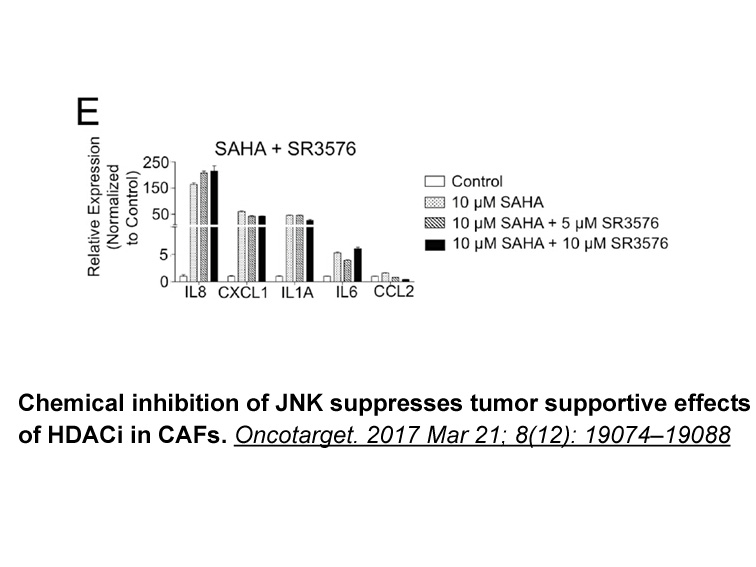
How does the ATM-to-ATR switch occur at DSBs? The progressive attenuation of ATM activation could be attributed to the loss of DNA structures that activate ATM, or to the generation of DNA structures that interfere with ATM activation. Our finding that SSOs do not directly affect the binding of puri
-
Several structural classes of ASK
2024-01-16
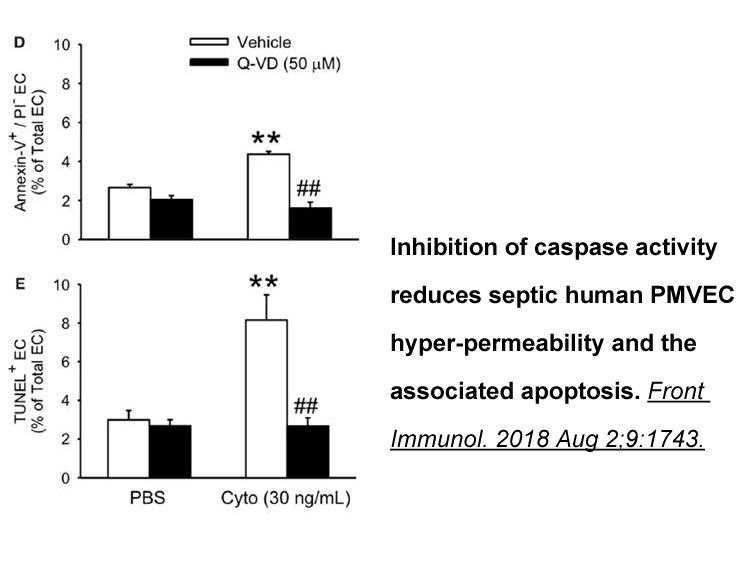
Several structural geldanamycin of ASK1 inhibitors, mostly from industry but also from academia, have been identified over the last decade. In 2012, Terao et al. (Takeda) reported imidazo[1,2-α]pyridine () as a potent ASK1 inhibitor derived from structure-based drug design. GSK, Merck and Gilead r
-
br Conclusion In conclusion the arginase
2024-01-16
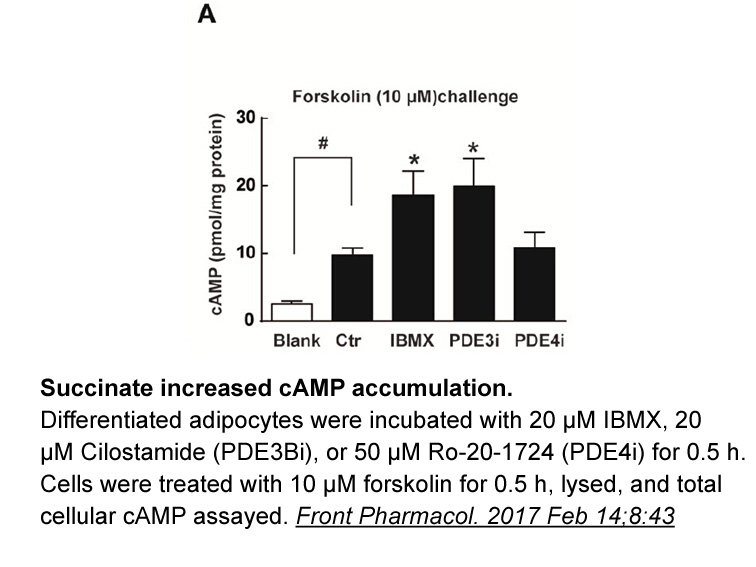
Conclusion In conclusion, the arginase from P. aeruginosa IH2 was purified with electrophoretic homogeneity. Purified enzyme was homo-dimer and showed significant activity and catalytic stability near to the pH of circulating system and temperature of human body. The prolonged serum and proteolyt
-
br APJ expression in metabolic diseases Under physiological
2024-01-16

APJ expression in metabolic diseases Under physiological conditions, APJ is present in humans as well as in mouse tissues with high metabolic activity such as muscle and adipose tissue but not in the liver. Moreover, the presence and regulation of APJ in established adipocyte or muscle cell lines
-
br The role of apelin in
2024-01-16
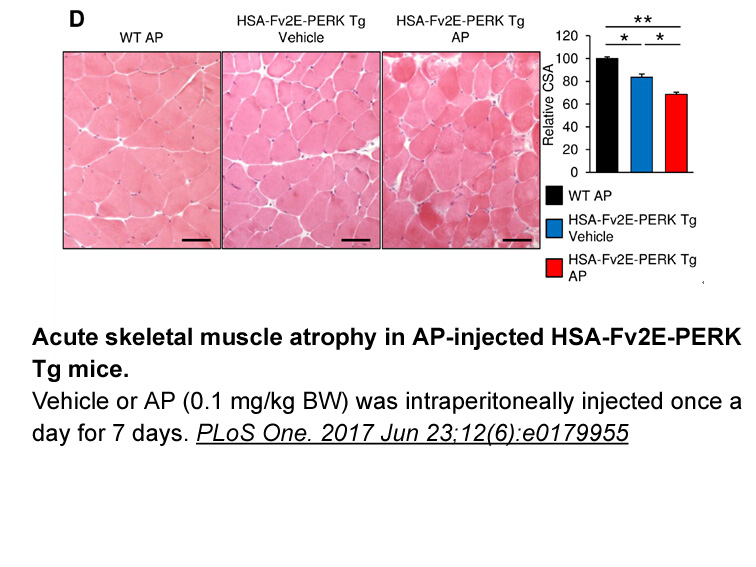
The role of apelin in hepatic diseases The involvement of the apelin/APJ system in liver physiology and pathology has been proven in numerous studies (Table 6). For instance, in the experiment of Emam et al. [63] on rats suffering from hepatic injury, apelin decreased the levels of ALT, AST and L
-
Androgen receptor translocates from the cytoplasm to the nuc
2024-01-16
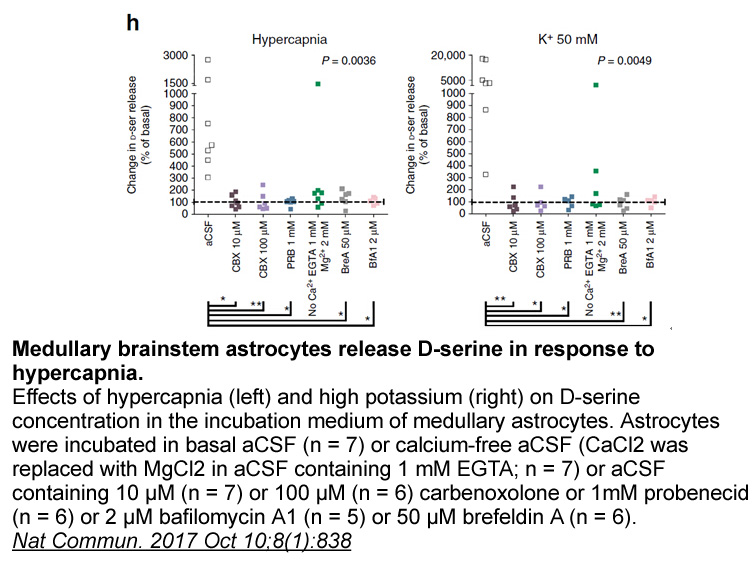
Androgen receptor translocates from the cytoplasm to the nucleus after binding to its ligands (Quigley et al., 1995). In the current study, although propofol did not significantly affect total androgen receptor protein levels, it significantly decreased nuclear androgen receptor levels. These findin
-
The fact that Yoda can
2024-01-15
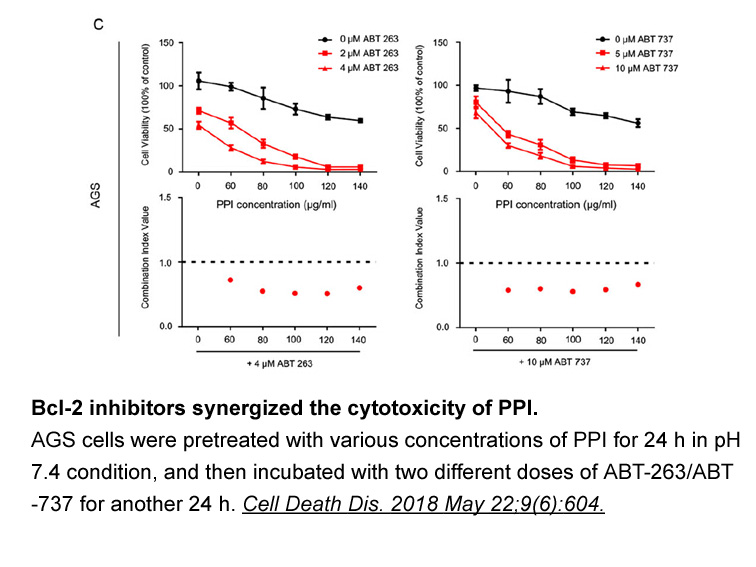
The fact that Yoda1 can activate Piezo1 in the absence of other cellular components other than a cell membrane [2], suggests that it may directly interact with and activate Piezo1. However, this does not preclude Yoda1 from interacting and activating non-Piezo channels, particularly in endothelial c
-
APPL was the first adaptor protein identified that interacts
2024-01-15
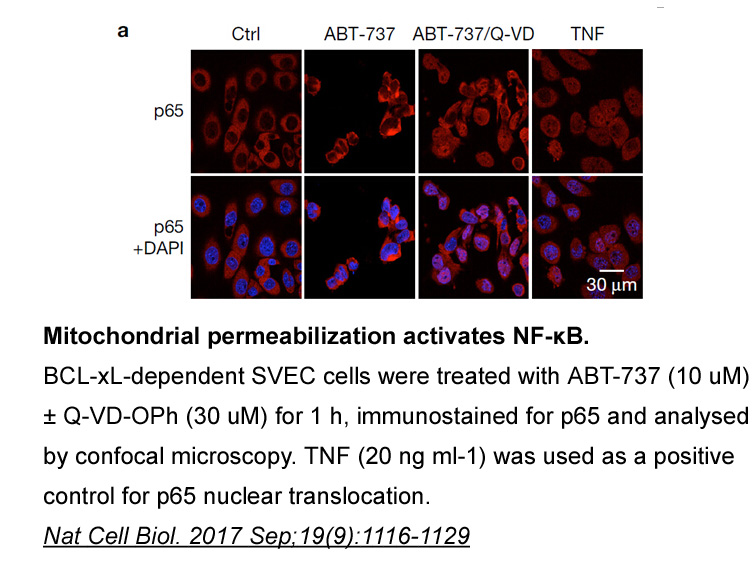
APPL1 was the first adaptor protein identified that interacts directly with adiponectin receptors [18]. A two-hybrid study by Dong and colleagues revealed that the C-terminal extracellular domain of AdipoR1 interacts with adiponectin, whereas the N-terminal cytoplasmic domain of AdipoR1 interacts wi
-
br Materials and methods br Results br
2024-01-15
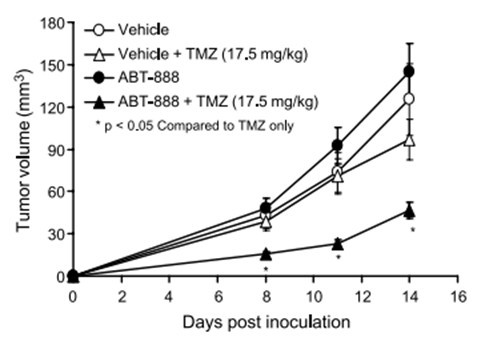
Materials and methods Results Discussion The data presented here demonstrate the important role of B lymphocyte-expressed α7 nAChRs in regulating the antibody immune response. It is shown that, in addition to ACh produced by activated T lymphocytes (Fujii et al., 2012), activated B lymphocy
-
bms-708163 br LOX in colorectal cancer Colorectal
2024-01-15
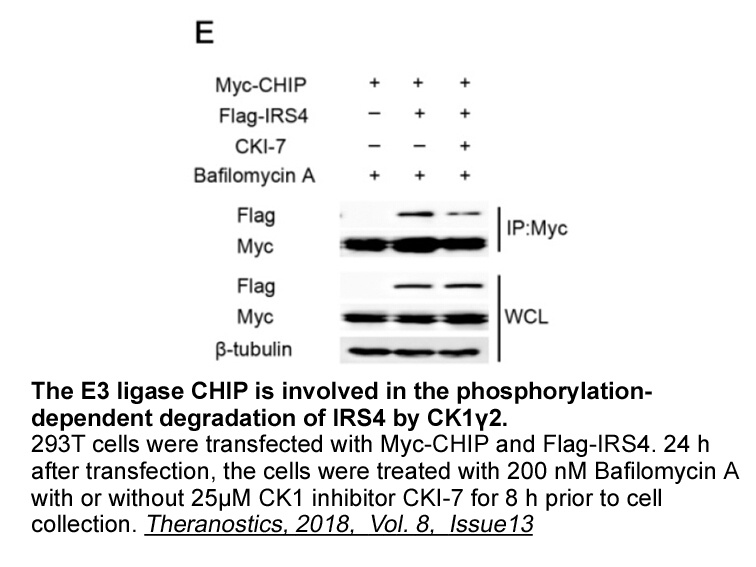
5-LOX in colorectal cancer Colorectal cancer (CRC) like other malignancies exhibits an overexpression of 5-LOX. Ohd et al. (Ohd et al., 2003) revealed in a study that malignant colon tissues overexpress 5-LOX activity and retain elevated levels of inflammatory mediators, leukotrienes. Additionall
-
Docking studies were performed on the selected
2024-01-15
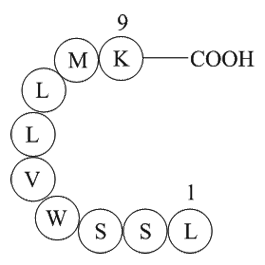
Docking studies were performed on the selected compounds to explore their binding patterns and to examine SAR in more detail. The co-crystal structure of ATX in complex with PF-8380 (PDB code: ) was selected for the docking studies due to structural similarity of the most potent compound with PF-83
-
br Role of autophagy in
2024-01-15
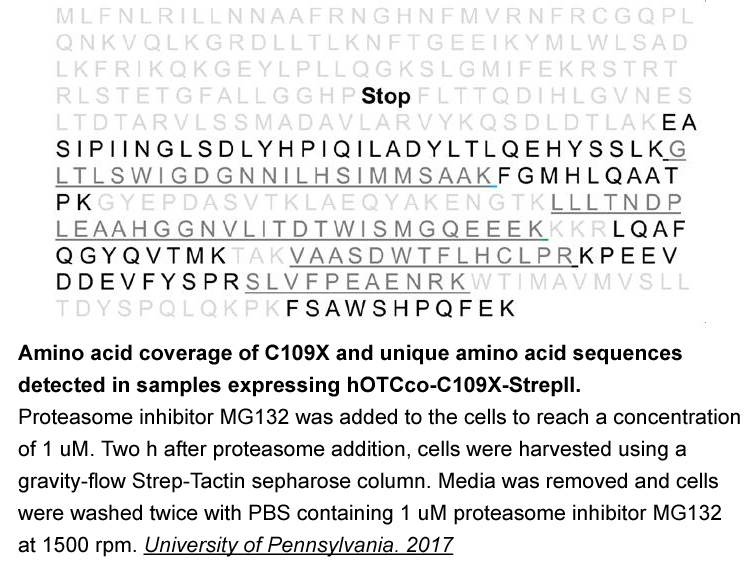
Role of autophagy in alcoholic cardiomyopathy Concluding remarks The genetic and phenotypic heterogeneity in alcoholic cardiac injury has been recognized despite the seemingly beneficial effects of low to moderate alcohol consumption [8]. Although oxidative stress is well established in the pa
-
and LO are members of the lipoxygenase
2024-01-15
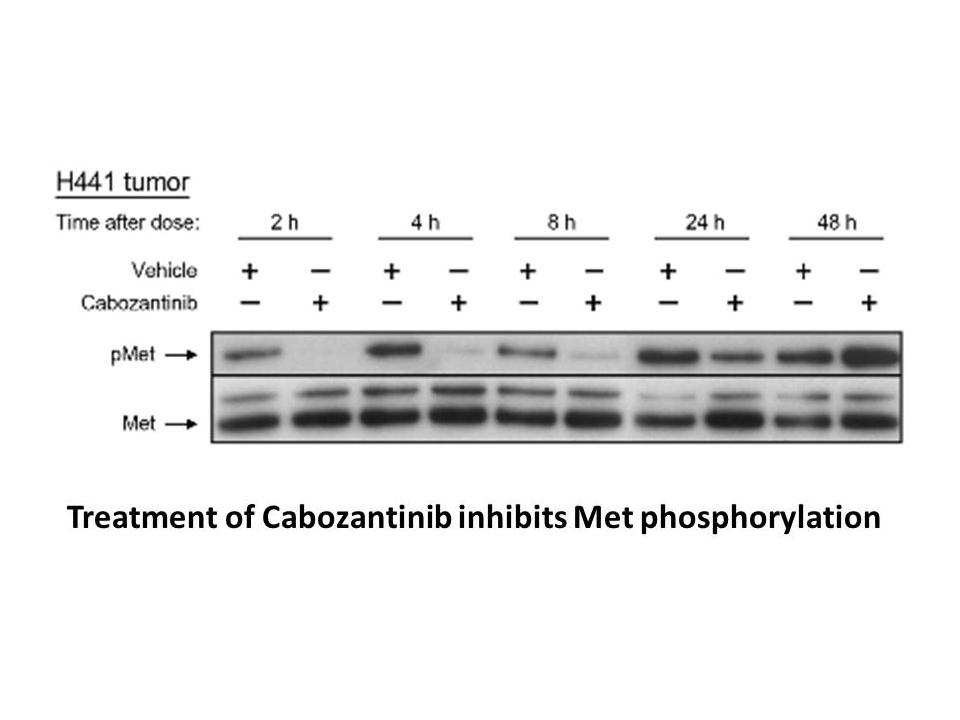
5- and 12/15-LO are members of the lipoxygenase family that convert arachidonic VU 0155069 synthesis into lipid mediators such as leukotriene B4 (LTB) and 12()-hydroxyeicosatetraenoic acid (HETE) and 15()-HETE, respectively. Evidence from several in vitro and in vivo studies has shown that activati
-
Given the recent discovery of regions
2024-01-15
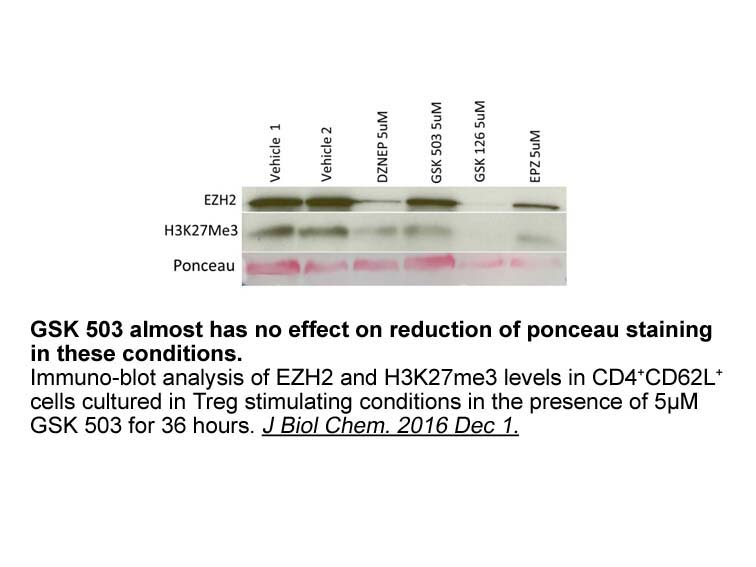
Given the recent discovery of regions of single-stranded DNA in the nuclei of hypoxic cells, the role for ATR in the response to hypoxic stress seems clearer . Zou and Elledge demonstrated that both Ddc 2 (the homolog of ATRIP) and ATRIP have a lower affinity for double-strand breaks than they do fo
16742 records 220/1117 page Previous Next First page 上5页 216217218219220 下5页 Last page